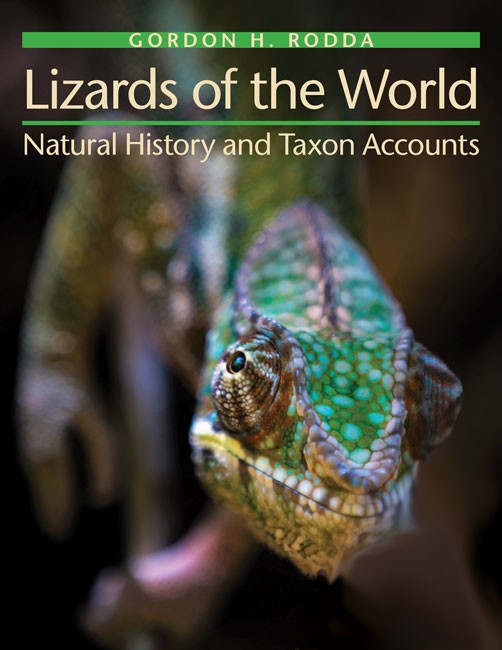Chapter 1. Introduction and MethodsThe Interplay between Ecological and Phylogenetic CausationDefinitionsSize EstimationAnalytical Methods
Chapter 2. What Are Lizards?CompositionMorphologySexually Differing TraitsGeographyActivityReproductionDietPopulationsThe Modal Lizard
Chapter 3. LinkagesMethods Unique to This ChapterMassMorphologySexual Size DimorphismColorDietForagingTime of Day (Diel Activity)Predator Concealment TacticsMicrohabitatReproduction AllocationIslandsLongevityPopulation Density/BiomassIntroductionsImperiled LizardsNext Steps
Chapter 4. Ecological Business ModelsCrack HermitDiurnal Canopy WalkerGiant HerbivoreGliderGround-foraging Tree LizardImmobility ExpertLitter CryptozoidNocturnal Canopy WalkerNocturnal Ground LizardRefugia-anchored Diurnal Ground LizardSand SharkSubterranean ForagerTrunk/Wall LizardWide-ranging ChemosensorOverview of Ecological Business Models
Chapter 5. Taxon Accounts(alphabetical by family or genus name; use index to search by English name)A (Ablepharus to Australolacerta)B (Bachia to Bunopus)C (Cadeidae and Cadea to Cyrtopodion)D (Dactylocnemis to Dryadosaura)E (Ebenavia to Exila)F (Feylinia to Furcifer)G (Gallotia to Gymnophthalmus)H (Haackgreerius to Hypsilurus)I (Iberolacerta to Isopachys)J (Janetaescincus to Jarujinia)K (Kaestlea to Kolekanos)L (Lacerta to Lyriocephalus)M (Mabuya to Morunasaurus)N (Nactus to Nucras)O (Oedodera to Ouroborus)P (Pachycalamus to Pygopus)Q (Quedenfeldtia)R (Ramigekko to Rondonops)S (Saara to Strophurus)T (Tachygyia to Tytthoscincus)U (Uma to Uvidicolus)V (Vanzosaura to Voeltzkowia)W (Woodworthia)X (Xantusia to Xenosauridae and Xenosaurus)Z (Zonosaurus to Zygaspis)
AcknowledgmentsAppendicesA. Database Fields and Comments on Their TabulationB. Methods for Quantifying Lizard SizesC. Standards for Qualification of Absolute Population DensitiesLiterature CitedIndex

